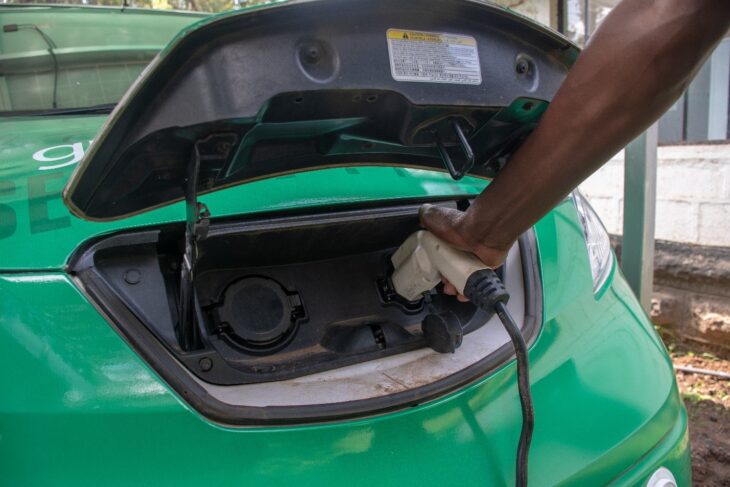NAIROBI, Kenya, May 31-Industrial revolution which began two centuries ago has led to dramatic emissions from human activities putting the globe into a climate change crisis.
During the United Nations conference (COp26) many of the world’s most polluting countries promised to become zero-carbon by 2070.
The continuing rise of emissions has led to drastic governmental policies and regulations.
Africa accounts for the smallest share of global greenhouse emissions at just 3.8 percent while China has the highest emissions with 23 percent and US at the third position with 19 percent, while the European Union is fourth with 13 percent.
South Africa was the most polluting country in Africa in 2020. It emitted nearly a 452million metric tons of Carbon dioxide (CO2) Egypt ranked number two with around 213 million metric tons of emissions while Central African Republic, Comoros and Guinea Bissau were ranked the least.
Speaking during the 5th Conference of Science Journalists under the theme, let science live, Annika Berlin, Programme Management Officer, Sustainable Mobility Unit, Economy Division at UNEP, said African countries should institute fuel emission standards and also restrict vehicle age limit to address transport emission.
She asked African countries to adopt Adam Smith International (ASI) model to avoid and reduce the need for motorised travel, shift to more environment friendly modes of transport.
“There is a high rate of importing old vehicles which emits heavy pollutants causing air pollution especially in African cities, a problem which need to be fixed,” said Berlin.
Berlin said Kampala and Nairobi are some of the major cities in the larger Eastern African with highest air pollution, which as a result affects health and environment.
The 2021 World Air Quality Report finds that only three percent of cities and no single country met the latest World Health Organisation’s (WHO) PM2.5 annual air quality guideline.
Kampala’s air quality index measured at Nsambya (a city suburb) by the air pollution monitor in September 2018 indicated that it was six times higher (162 g/m3) than WHO Air Quality Guidelines (25 g/m3).
In 2020, the average PM2.5 concentration in Nairobi was 14.7 µg/m3, which is about 1.5 times the WHO recommended annual PM2.5 threshold concentration.
The most polluted month in 2020 was July, with an average of PM2.
Berlin asked African governments to switch to electric mobility by implementing policies to fix the problem.
Want to send us a story? Contact Shahidi News Tel: +254115512797 (Mobile & WhatsApp)


